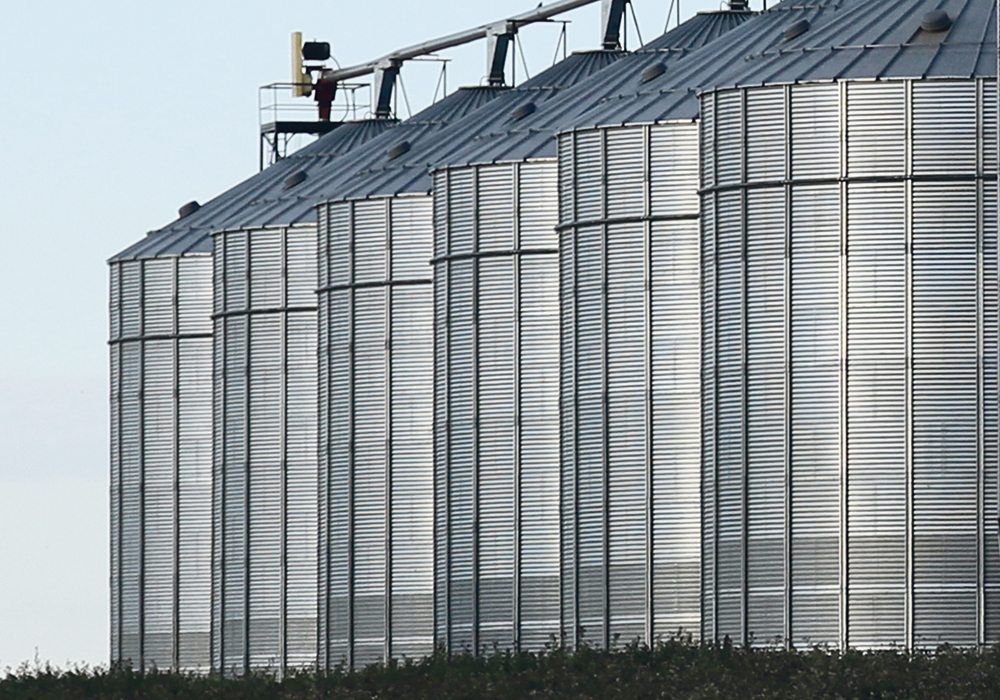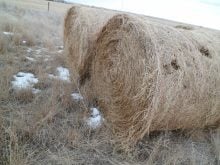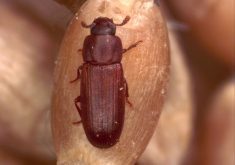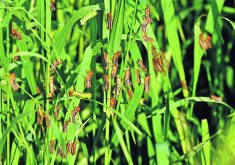An Alberta cereal specialist is asking farmers to start checking their grain bins because more producers in the province are facing pest issues that they normally don’t have during this time of year.
Clair Langlois with Alberta Agriculture said in a recent blog post that reports of grain bug infestation are likely a result of warm, dry conditions during the cereal harvest.
“There was plenty of time to attract insects to these bins this fall while insects were still actively flying and searching for food sources,” he wrote on the Alberta Wheat Commission’s Wheat Watch Blog.
Read Also

Grain farming’s hard times expected to continue
Rabobank says it will be two more years before North American grain farmers achieve break-even due to “monster” supplies and “sticky” crop input prices.
As well, lots went in the bin when it was tough and wet, and that can create an attractive environment for bugs, he said.
“It seems this year both ends of the harvest condition spectrum were effectively attracting these stored grain insect pests.”
Farmers’ grain shipments could be rejected if they contain live bugs, he warned, so he wants producers to regularly check their bins throughout the storage period.
If they find insects, he said using fumigant, or aluminium phosphate products, is a good option because it controls anything from eggs to fully developed insects.
However, the fumigants won’t work on grain that’s below 5 C, he added.
“Even if the grain temperature is above 5 C, the length of time varies for the fumigant to work, so temperatures of 5 C to 11 C requires 10 days of exposure to the fumigant as an example,” he wrote.
As well, farmers looking to buy or apply fumigant must get a pesticide certificate with a stored grain endorsement from Alberta Agriculture.
There are also other options to control the pests, but they have limited effectiveness, Langlois said.
This includes using diatomaceous earth, though it’s not effective at temperatures below 0 C because insects are inactive.
Farmers can also use pneumatic grain augers or grain vacuums to pass grain through, but it’s not always effective because an insect might get missed in the process.
So, the only other reliable solution to kill the insects is to dry them by using cold air.
He said this method could result in farmers postponing their delivery, but it works.
Bins will take 12 weeks to disinfect if the constant grain temperature is -5 C, eight weeks if the constant temperature is -10 C, four weeks if it’s -15 C and one week if it’s – 20 C.
Insect specialists in Saskatchewan and Manitoba said farmers in those provinces aren’t experiencing unusual grain bug problems.
However, if farmers in those regions do see some, it’s recommended they cool their grain, said Scott Hartley, manager of the crop protection lab with Saskatchewan Agriculture.
“You want to aerate it to bring that moisture down and continue to monitor your bins for infestations,” said Hartley, who was formerly that province’s insect specialist.
















